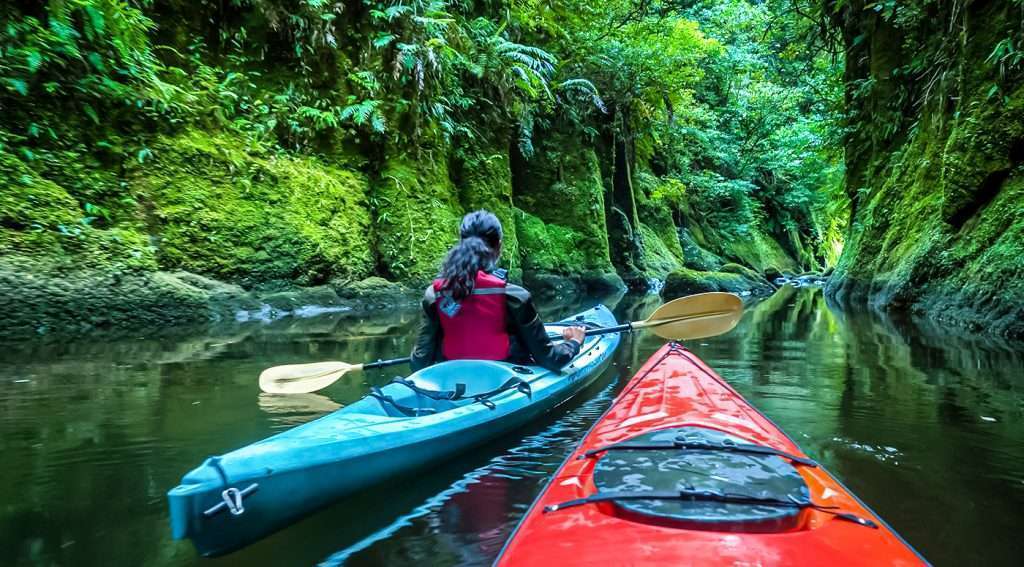Learning how to properly use kayak tow belts is an important safety skill that you should know. There are varied reasons why a kayak may need to be towed. Sometimes it is just a matter of assistance to get a kayak back to shore to eliminate excessive water that was taken on during a roll-over. Other times the reasons may involve an injury or fatigue.
Paddlers always help other paddlers in distress and the necessary skills to do so are your responsibility to learn. Having each member of your group carrying good quality kayak tow belts and practicing the appropriate techniques of use will be a great help in keeping members of your group and other paddlers safe.
Common Sense Towing Procedures
Before towing another kayak, you should verbally communicate with the paddler in distress. It is important to ask the paddler what is wrong. If the paddler is hungry, thirsty, over-heated, or cold you can provide some immediate relief to somewhat ease the situation. Things such as providing some food or drink or suggesting ways to improve sun protection or locate warmer clothing until they can be towed to shore.
Treat fellow paddlers as friends and provide help and assurances as necessary. It is also important to provide the towed paddler with a whistle if they do not have one of their own. It is always best to have the option of several kayak tow belts. It is much easier to tow another kayak when there are at least two paddlers working together. One paddler can tow another kayak but it is difficult work especially in open waters.
Learning the V and In-line Tow
When there are two kayaks with paddlers wearing kayak tow belts, it is possible to do the V-Tow technique. The two paddlers should each attach a tow line of equal length and tow the kayak in a V formation back to shore. Remember to instruct the distressed paddler to blow the whistle at the first sign of a problem so that you can quickly react.
When there are more than two paddlers with the appropriate towing gear, then the in-line tow technique should be implemented. This method requires all paddlers to line up their kayaks in a straight line by connected tow ropes. The strongest paddler should be in the lead. The other paddlers are getting towed along slightly as the distressed paddler is towed to shore. This method helps to prevent a majority of the assisting paddlers from becoming overly fatigued.
There are many other kayak towing techniques that are named after the portion of the kayak your towing line is fastened on to. Your group needs to practice a variety of towing techniques on a regular basis so that everyone has the ability to react correctly during distress situations.
As with other products, it is possible to easily research kayak tow belts reviews on the Internet. You can get a better perspective of the models available and the pros and cons of use. Experienced paddlers know what they need and how that product should perform, so read their reviews. It is also a good idea to discuss your purchasing intent with more experienced paddlers. Seasoned paddlers will explain how their product choices work and why they use that brand of equipment. Get your questions answered before you buy. When an emergency arises, you need good equipment that performs well.

